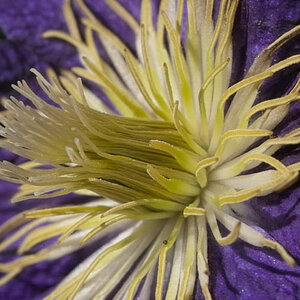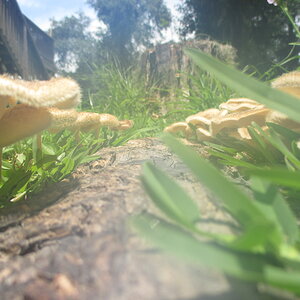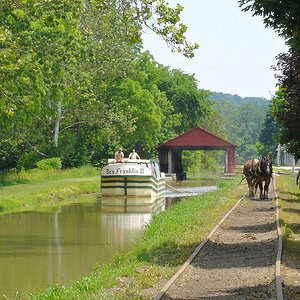photoguy99
No longer a newbie, moving up!
- Joined
- Mar 20, 2014
- Messages
- 1,485
- Reaction score
- 313
There are really two different questions here.
The first is "can I, in general, given a random image file, tell if it was shot on film?" and the answer is "yes"
The second is "if someone skilled in the art is trying to fool me, can I tell if it was shot on film?" and the answer is "it depends on the skill level of the players"
It may be easier to turn a film photo into a convincing "fake digital" than it is to turn a digital photo into a "fake film" but both are possible, and there are levels of skill available where it is literally impossible to tell.
I would base your story around specific lens artifacts. There are old lenses out there that produce fairly specific distortions, flare effects, and other image artifacts. All of these could certainly be faked by someone with sufficient skill, but if you wrapped the story up with the right details, you can simply assert that the players didn't have that skill. "The plane of focus is not equidistant from the camera, indication that a large format camera was used, and the overall image characteristics are consistent with Petzval lens. The depth of field is consistent with at least a 4x5 sensor/film" which suggests some sort of field camera. All of which could be faked digitally, but probably was not which puts the detective on the right track.
Substitute whatever technical bits you like in, of course.
The first is "can I, in general, given a random image file, tell if it was shot on film?" and the answer is "yes"
The second is "if someone skilled in the art is trying to fool me, can I tell if it was shot on film?" and the answer is "it depends on the skill level of the players"
It may be easier to turn a film photo into a convincing "fake digital" than it is to turn a digital photo into a "fake film" but both are possible, and there are levels of skill available where it is literally impossible to tell.
I would base your story around specific lens artifacts. There are old lenses out there that produce fairly specific distortions, flare effects, and other image artifacts. All of these could certainly be faked by someone with sufficient skill, but if you wrapped the story up with the right details, you can simply assert that the players didn't have that skill. "The plane of focus is not equidistant from the camera, indication that a large format camera was used, and the overall image characteristics are consistent with Petzval lens. The depth of field is consistent with at least a 4x5 sensor/film" which suggests some sort of field camera. All of which could be faked digitally, but probably was not which puts the detective on the right track.
Substitute whatever technical bits you like in, of course.


 .
.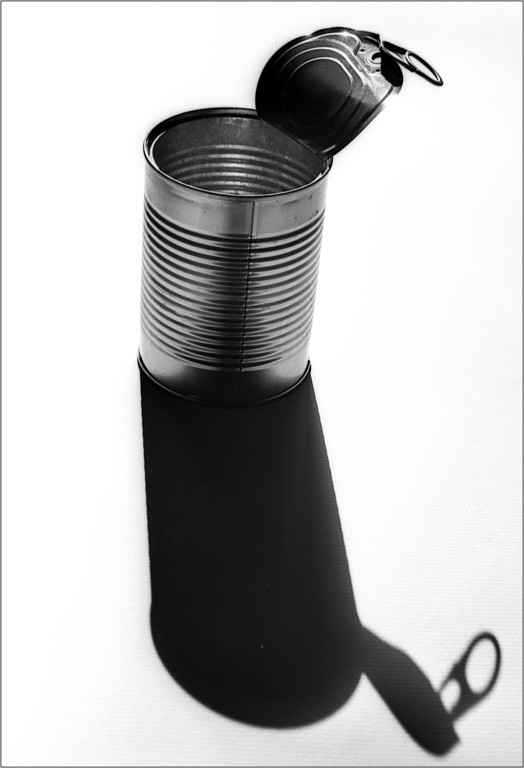

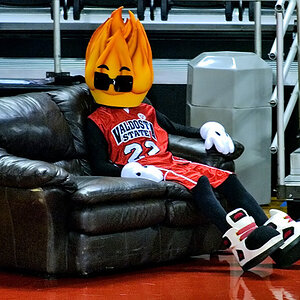
![[No title]](/data/xfmg/thumbnail/34/34119-711b53445c011079fb89b6f42682ed00.jpg?1619736289)


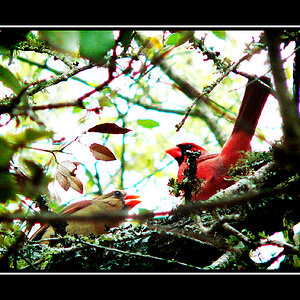
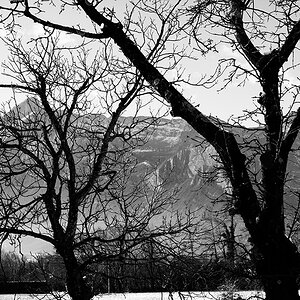
![[No title]](/data/xfmg/thumbnail/42/42397-30faa170de7ed9be38adf00b9b26a220.jpg?1619740167)
![[No title]](/data/xfmg/thumbnail/39/39185-29433e4f46e4b0bd394d10962886594c.jpg?1619738904)
